Mazda will build its future UK model range around the SkyActiv family of efficient petrol and diesel engines but it won’t be importing a new hybrid powertrain, revealed at the Tokyo motor show today.
"In Europe we are too small a manufacturer to complicate our range and add hybrids to our line-up, because the bulk of sales volume is concentrated on diesels and petrols," says Mazda.
Instead of the hybrid powertrain, Mazda is understood to be working on new, more efficient versions of the 1.5 and 2.0-litre Skyactiv petrol and 2.2 diesel.
The petrol and diesel engines share much of their basic architecture and some internal combustion-chamber design, despite burning different fuels.
One vital feature is the remarkably high 13:1 compression ratio of the petrol engine. The compression-ignition diesel is only one point higher at 14:1. A high compression ratio endows an engine with a high thermal efficiency, ensuring good fuel consumption.
The new Mazda 3 Skyactiv-hybrid is already built around a more efficient version of the 2.0-litre petrol engine, featuring the same 14:1 compression ratio as the 2.2 diesel.
New features include a 4-into-1 exhaust manifold and new engine controller to improve efficiency over a wider spread of engine operating conditions. Also introduced is diesel-style exhaust gas recirculation, which recovers exhaust heat to reduce warm-up times.
As well as the 97bhp 2.0-litre petrol engine, the Skyactiv-hybrid features an 81bhp AC motor and nickel-metal hydride battery.
And like the Toyota Prius hybrid, Mazda’s Skyactiv features a CVT automatic transaxle to split drive between the front wheels and generator/motor depending on driving conditions. Mazda claims the Skyactiv-hybrid drives with "seamless, linear acceleration".
Mazda only quotes Japanese-spec fuel economy figures, rating its new hybrid at 73mpg, about 60 per cent better than the 45mpg petrol-powered conventional Mazda 3.
One of three new Mazdas at Tokyo, the Skyactiv-Hybrid is joined by a Mazda 6 safety concept and a Mazda 3 powered by CNG (compressed natural gas).
The Mazda 6 ASV-5 safety concept is a showcase for a suite of safety sensors and vehicle-to-vehicle communication technology aimed at cutting accidents, particularly with city-centre trams.
Developed in a consortium with the University of Tokyo and Hiroshima Electric railway, a key feature is multiple channel data sharing between cars and trams, even down to details like turn-indicators, traffic signals and braking.

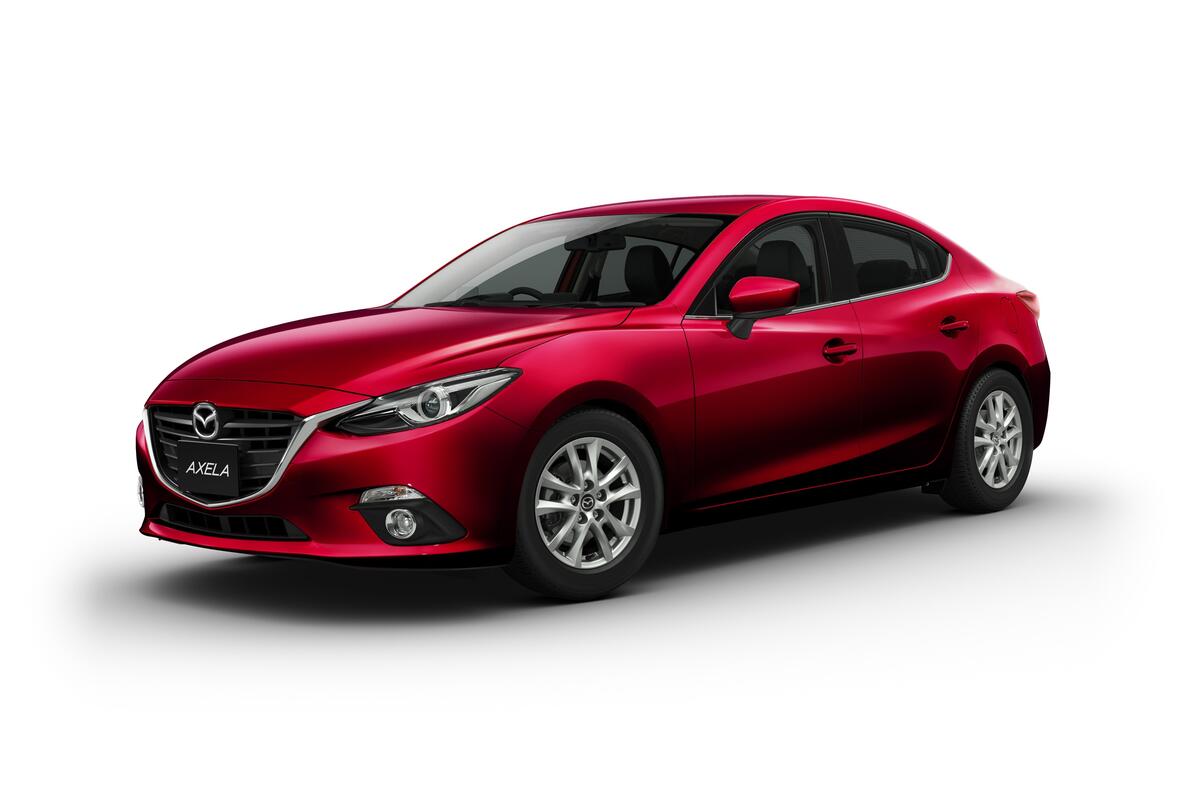
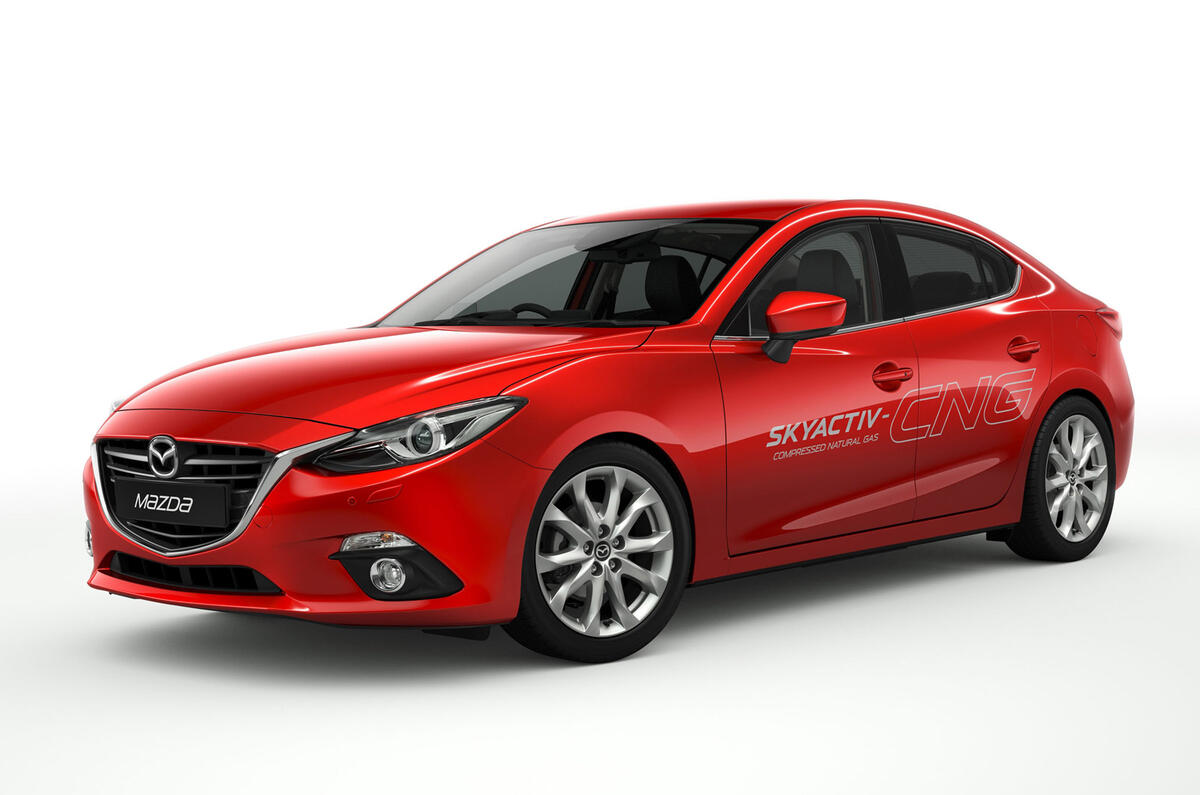
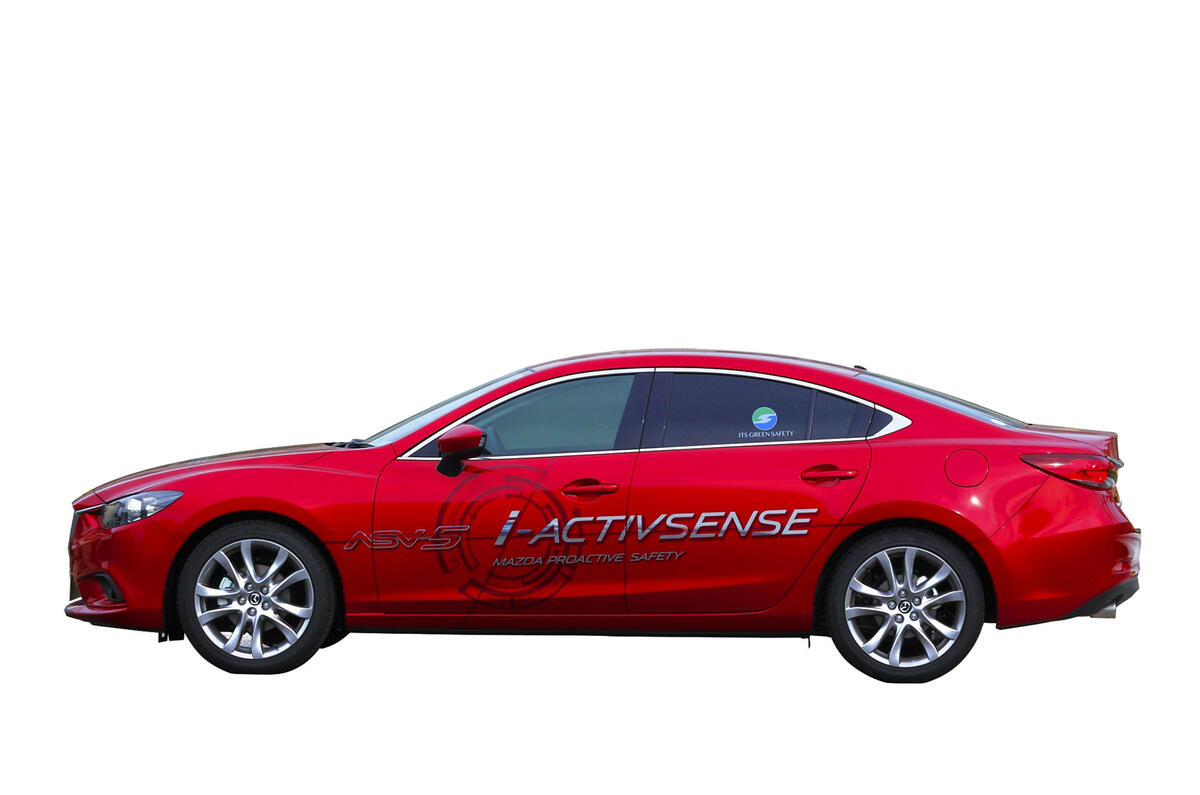
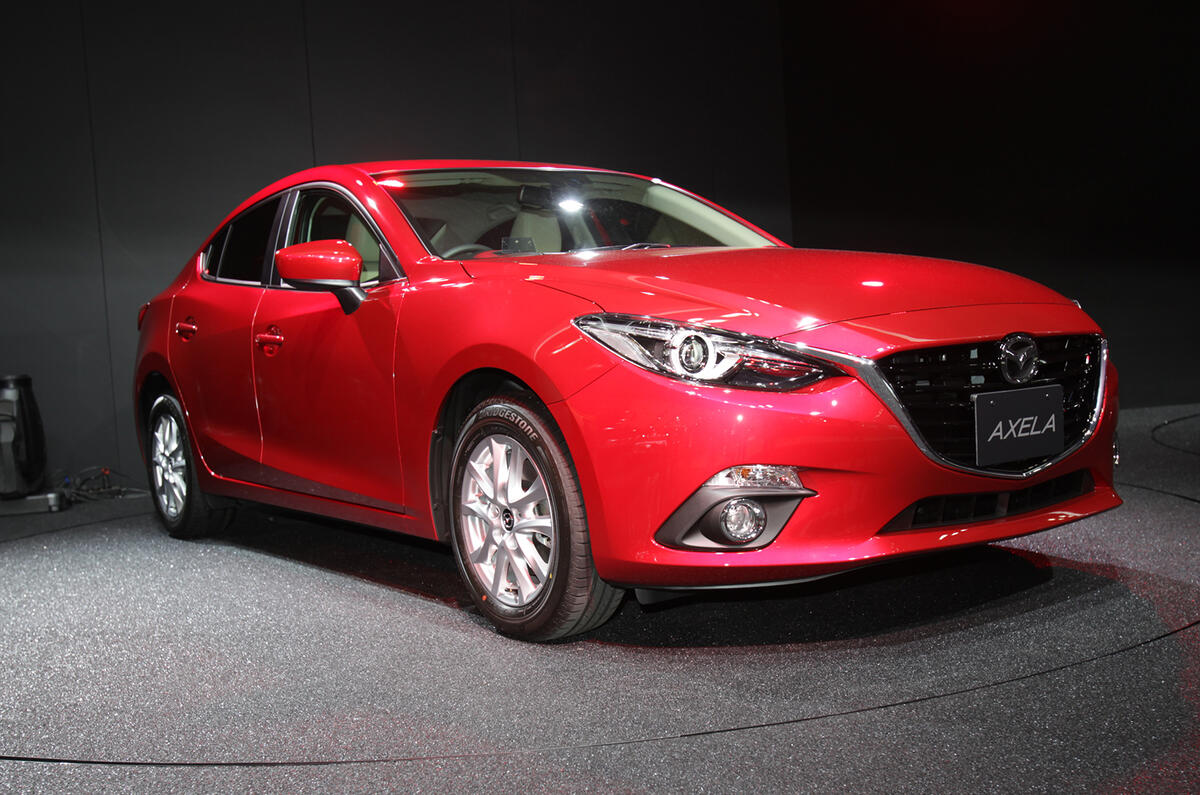
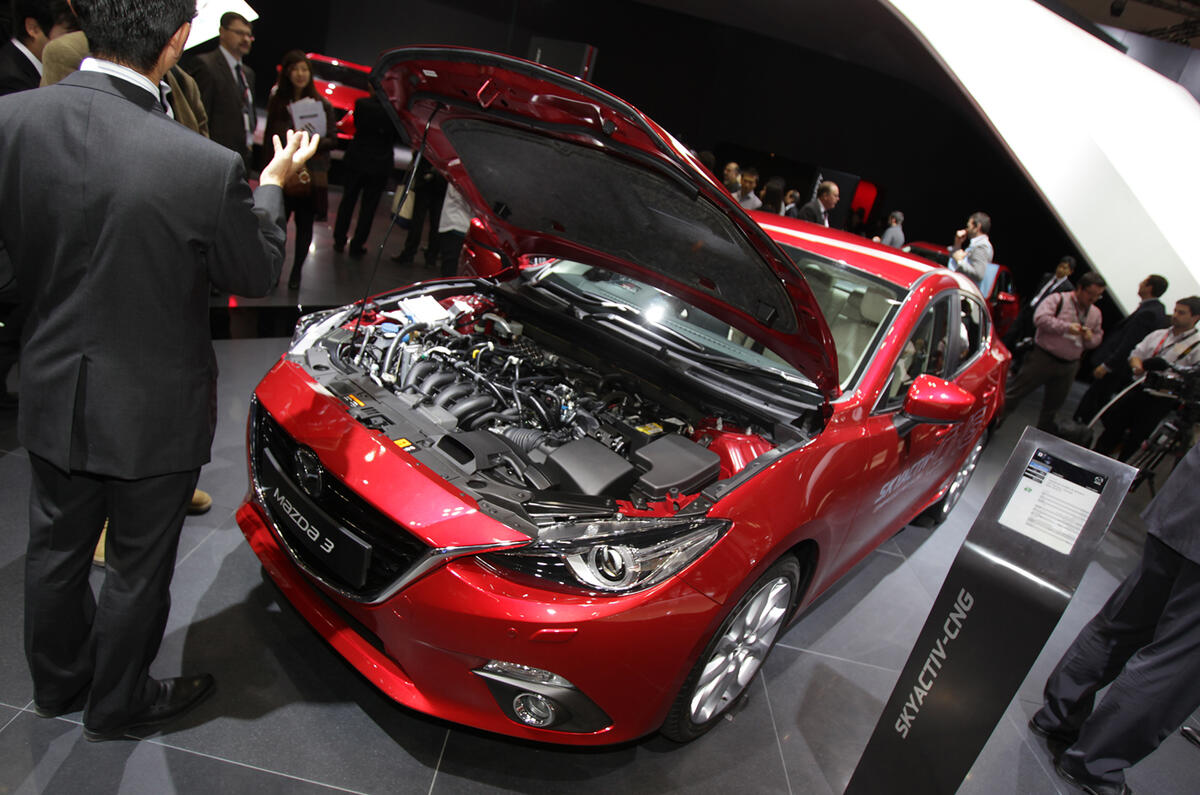
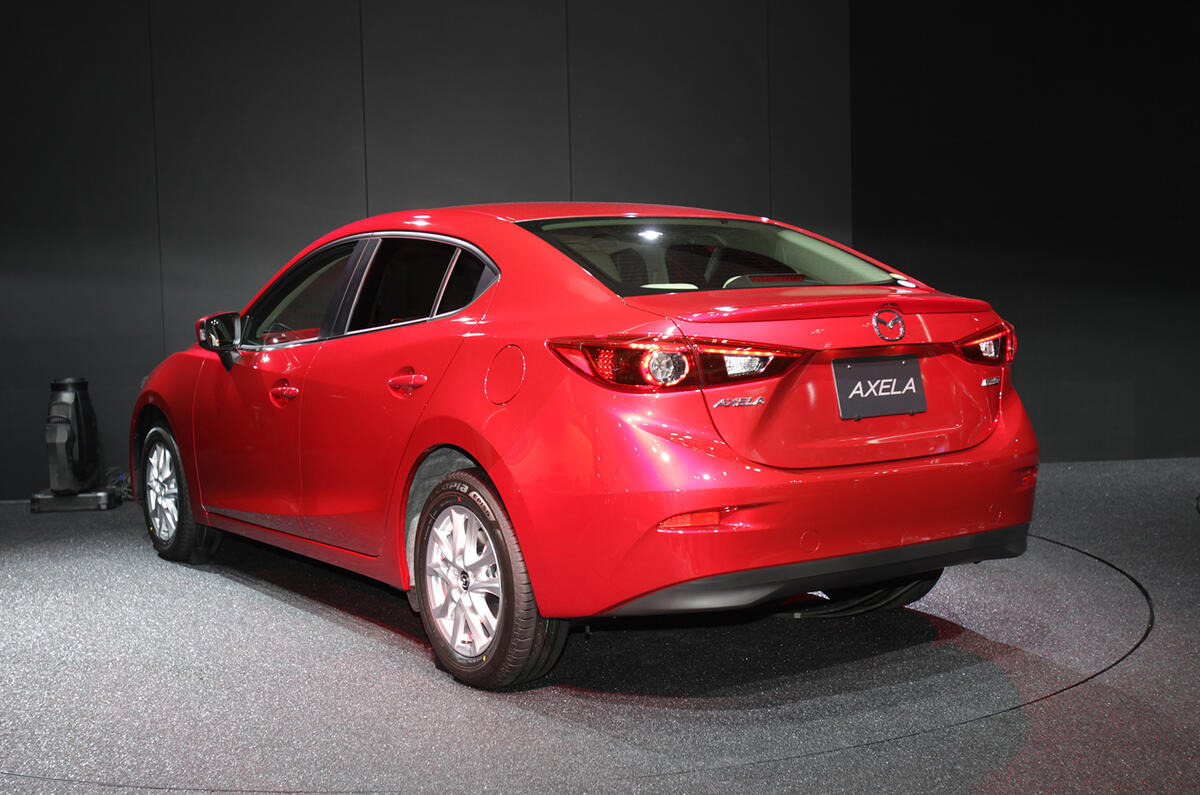
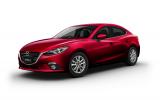
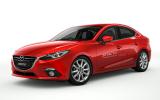

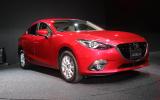
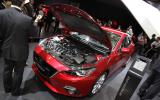
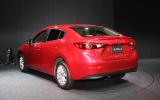



Add your comment